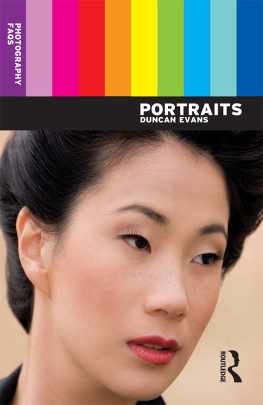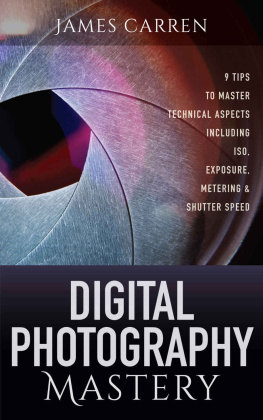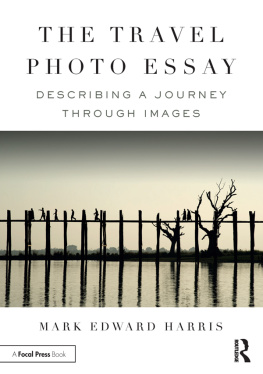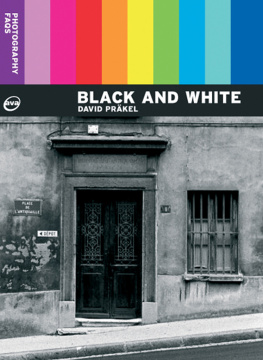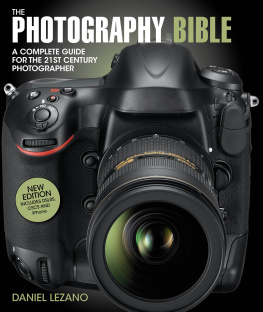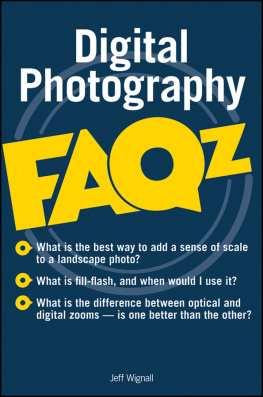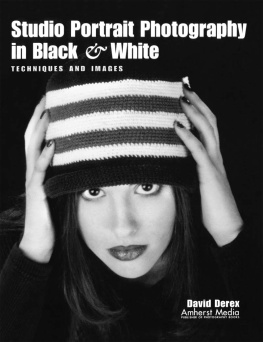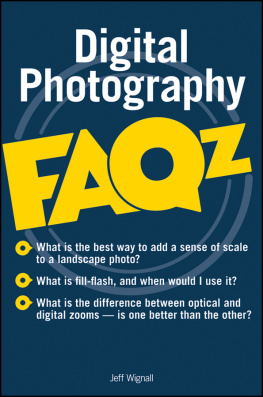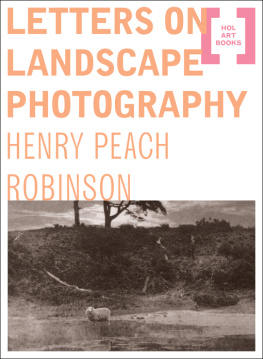Portraits
DuncanEvans
First published 2009 by AVA Publishing
Published 2020 by Routledge
2 Park Square, Milton Park, Abingdon, Oxon OX14 4RN
605 Third Avenue, New York, NY 10017
Routledge is an imprint of the Taylor & Francis Group, an informa business
Copyright 2009 Taylor & Francis
All rights reserved. No part of this book may be reprinted or reproduced or utilised in any form or by any electronic, mechanical, or other means, now known or hereafter invented, including photocopying and recording, or in any information storage or retrieval system, without permission in writing from the publishers.
Notice:
Product or corporate names may be trademarks or registered trademarks, and are used only for identification and explanation without intent to infringe.
ISBN 13: 978-2-8847-9104-5 (pbk)
HOW TO GET THE MOST FROM THIS BOOK
This book introduces different aspects of photographic portraits via dedicated sections for each topic. The text offers a straightforward guide to the most freguentiy asked guestions alongside photographic examples and technical diagrams.
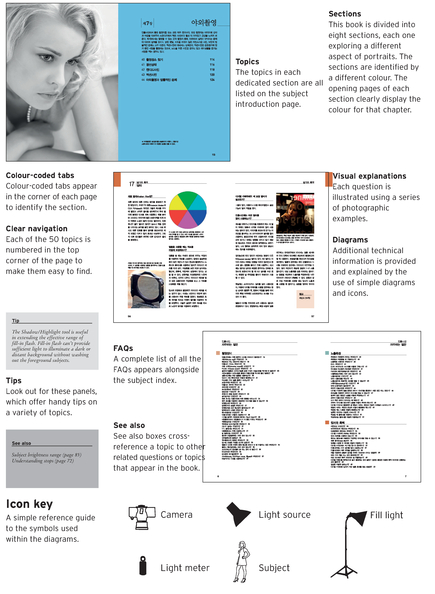
PHOTOGRAPHY FAQs PORTRAITS
Guide
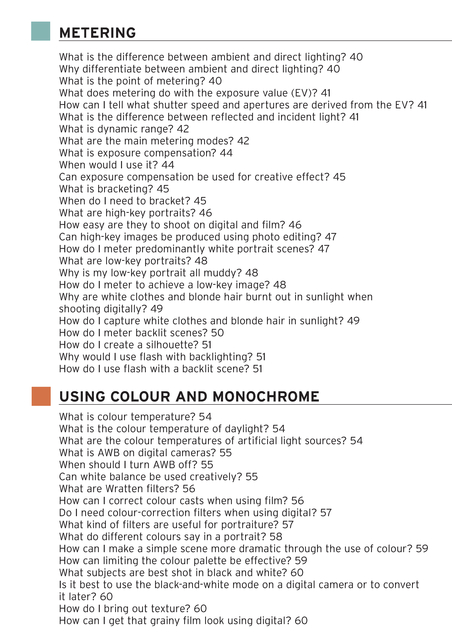
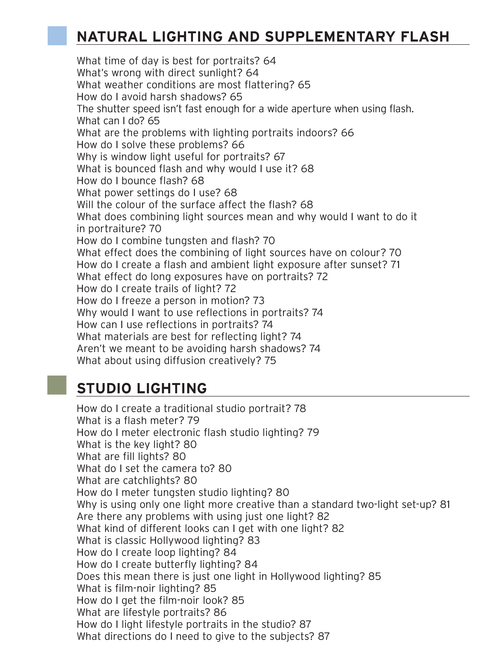

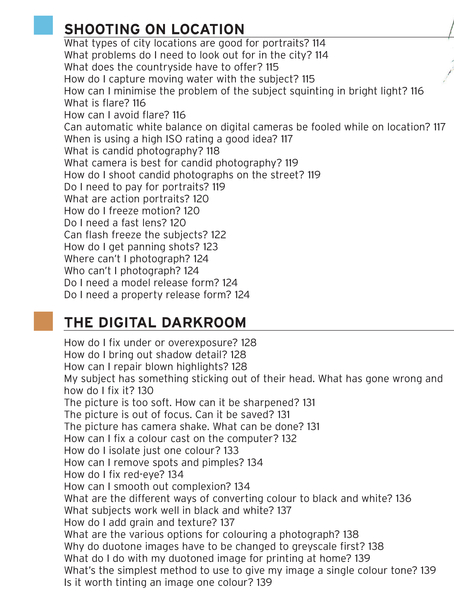
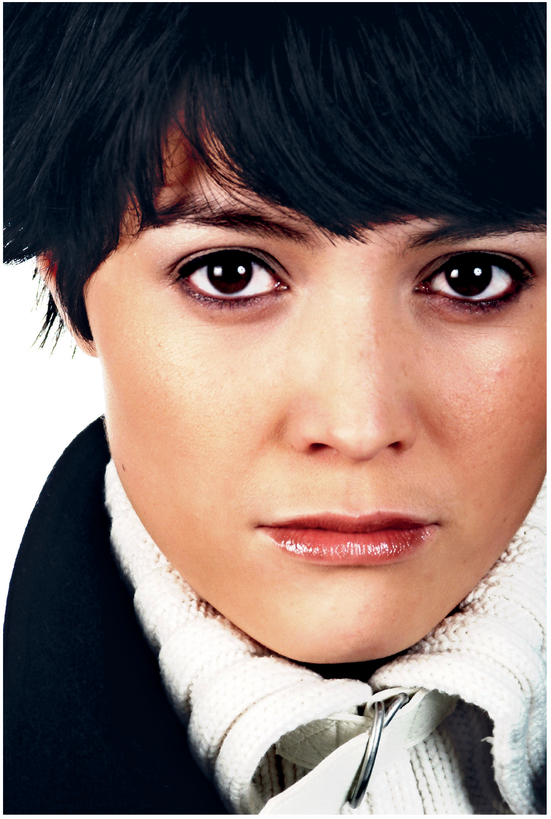
Welcome to Photography FAQS: Portraits, where hopefully you'll find answers to all the questions you've ever wanted to ask about shooting portraits. The portrait is one of the most popular photographic subjects - wherever and whenever there's a camera, someone will be using it to photograph people. However, simply leaving the camera to automatic settings and just snapping away produces mediocre pictures every single time. Better results are attained only when you take control of the camera functions, arrange the lighting, compose the subject, and dictate what type of portrait you want.
While the digital user will produce images that have the characteristics common to a specific manufacturer and camera range, the film-SLR user has a choice of emulsions to pick from, which determine the look and feel of a portrait. We will look at these before assessing the types of lenses available, and what effects they have on the image.
Lighting is the other key element in portrait photography, so questions regarding flashguns, built-in flash, artificial lighting, diffusion, reflectors and studio accessories are also addressed.
Of course, getting the picture exposed correctly is a crucial element and this is where the section on metering comes in handy. Here, we look at the differences between ambient and direct lighting, and the metering options of reflected and incident light. Metering is fully explained and a guide to useful modes for portraiture is provided. Exposure techniques are also looked at to ensure you get the image you want.
There is a section on colour and monochrome, both from the perspective of colour temperature and what effect this has on the mood of portraits. We will also discuss how to cancel colour casts using digital and film, and the language of colour and what it says in a portrait.
The properties and implications of light are also discussed. Sunny days may seem perfect for getting out and photographing portraits, but it's actually far easier to shoot and capture excellent images during overcast days.
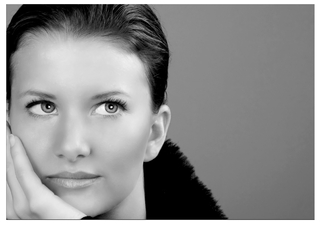
Your subject doesn't need to be looking at the camera to make an effective portrait.
While the elements are wild and unruly, the world of studio photography is a carefully planned exercise with an almost military precision. Almost. While most amateurs cannot afford their own fully fitted studio, there is plenty of affordable electronic flash lighting gear available with a range of accessories that can turn any spare room into a temporary studio.
Once you have the technicalities under control, the next main issues for anyone taking portraits are composition and posing: how and where to place people, how much to include, what to do with feet and hands, what problems to avoid and whether or not to have your subject make eye contact. Once lighting and exposure are mastered, composition and posing are what separate great images from mediocre ones.
The final parts of this book deal with the problems, pitfalls and solutions of shooting on location, and what you can do with digital images once they are on the computer. These photo-editing technigues for portraits are just as applicable for film users as they are for those shooting in digital. We live in a digital world, so it makes plenty of sense to scan prints and slides and make use of the digital darkroom tools on offer.
To the uninitiated, the world of portraiture may seem quite simple. However, like an iceberg, once you start to investigate beneath the surface, there is far more to shooting portraits than pointing a camera at someone grinning and then firing away. I hope you'll find this book useful, informative, inspiring, and in time, a well-thumbed resource with all the answers to your questions on portraiture.
SECTION ONE
ESSENTIAL HARDWARE
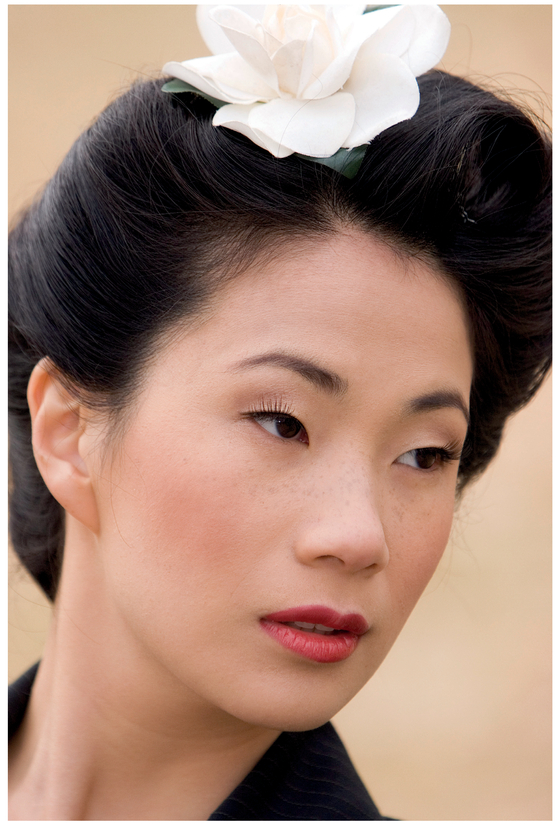
A lens with a wide aperture will enable you to get the background out of focus, removing distracting elements.
It goes without saying that unless you have a camera, you won't be taking any pictures, but what kind of camera and accessories do you actually need for portraits? While 35mm film has largely given way to digital in all but specialist areas and amongst hardcore supporters, it does still have some advantages, particularly in the wedding market. Plus, medium format is still alive and kicking. This opening chapter has a look at what film stocks can do as well as what resolution and type of digital camera is best for shooting portraits. Once the format is decided, you need lenses and the choices here are critical to how your portraits appear. There are also crucial accessories such as flash and studio lighting gear to consider. What do you need? What would be useful for the portrait photographer?
DIGITAL CAMERAS
What kind of digital camera do I need for portraits?
While it is possible to take a portrait with any kind of digital camera, there are reasons why certain types of cameras are better than others. Essentially, the choice is between a digital compact camera with a built-in lens and a digital SLR that features interchangeable lenses. While the image resolution of both types can be similar, it's their characteristics that set them apart.

